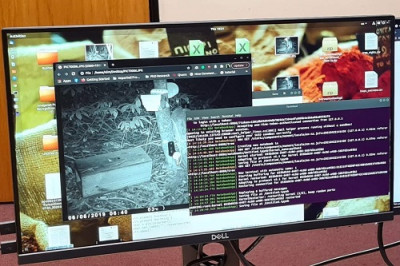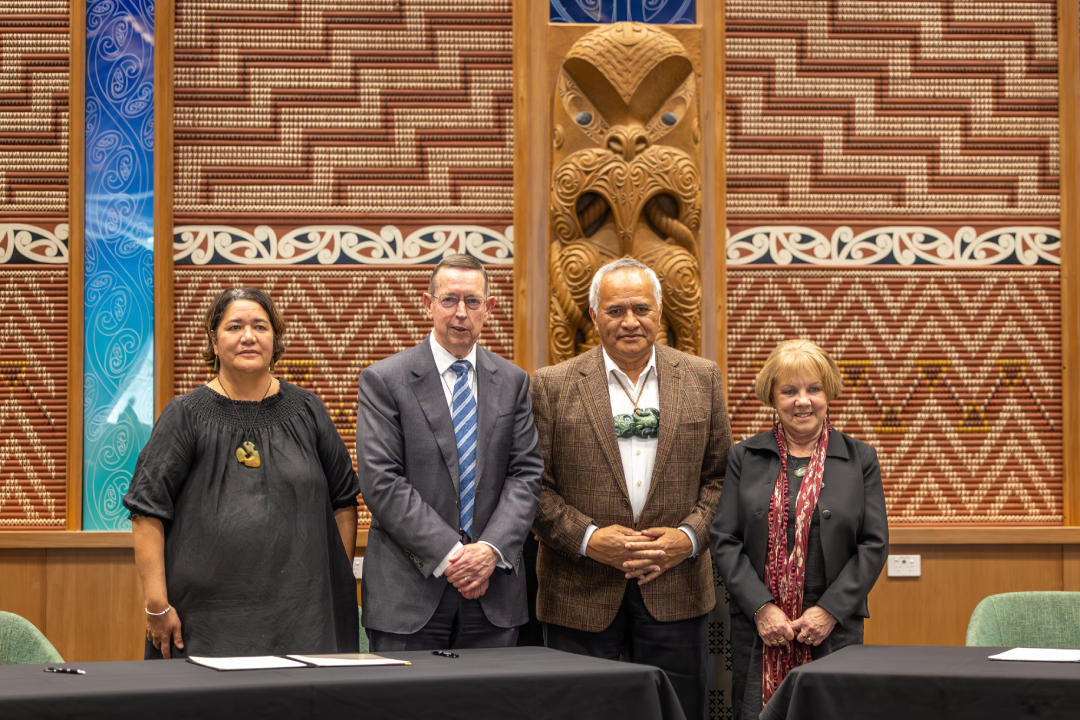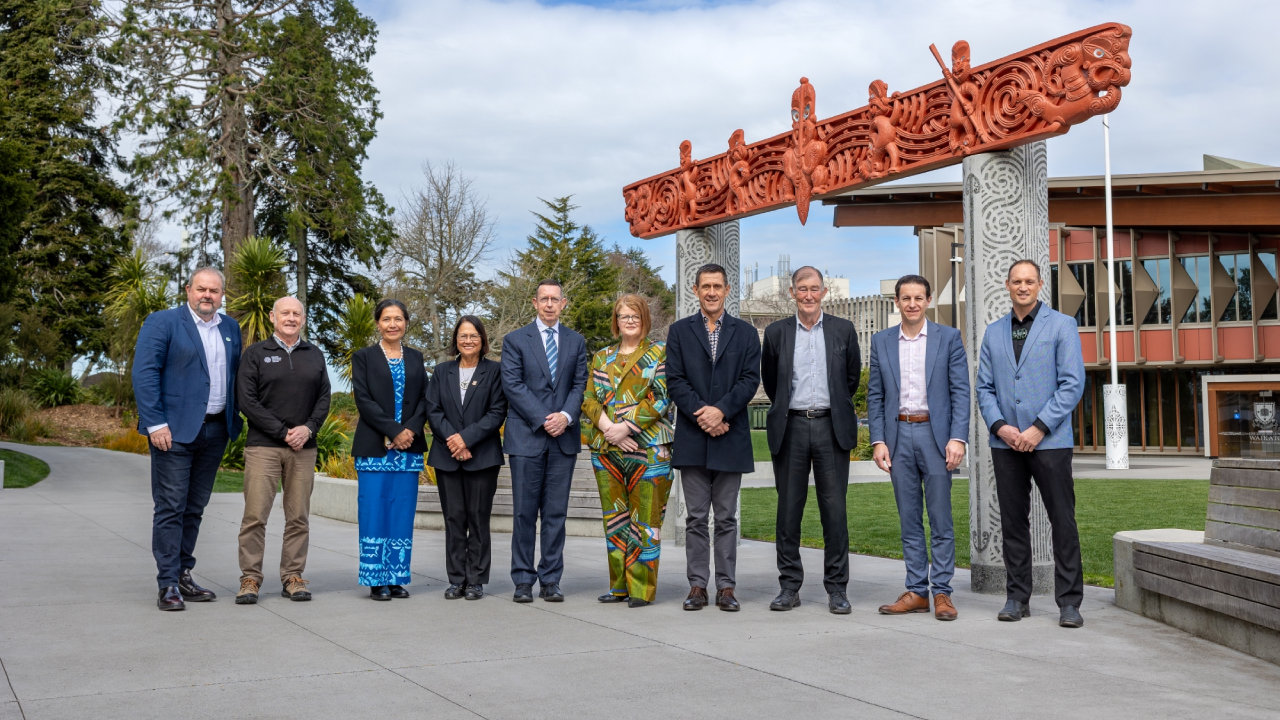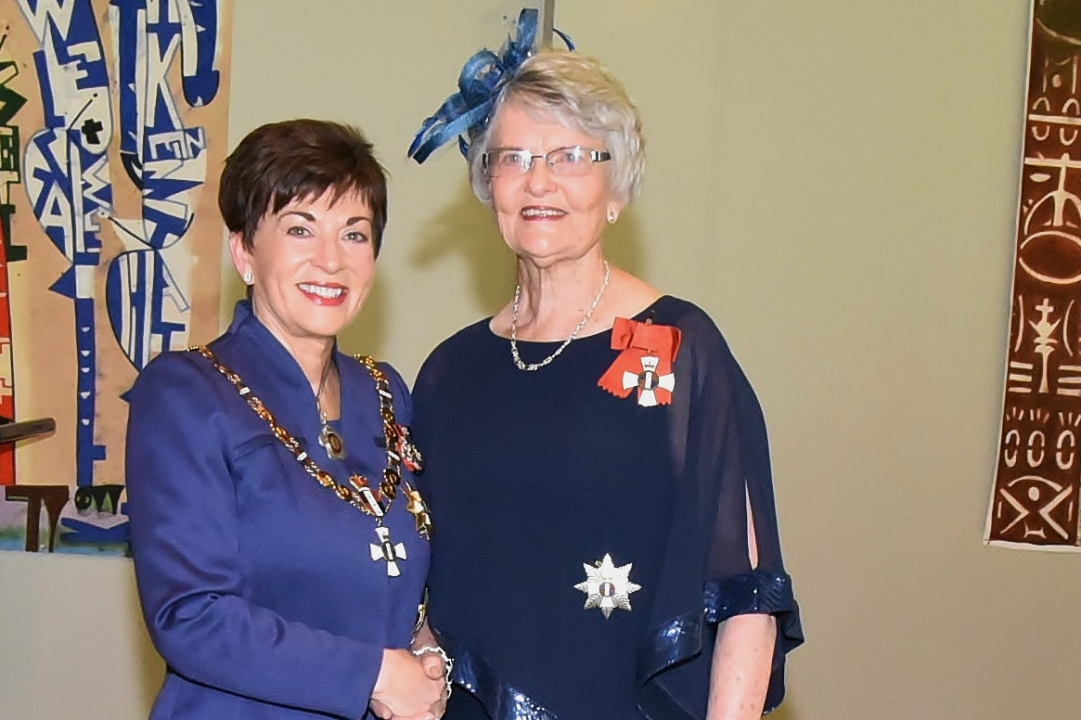
The University of Waikato and Crown Research Institute Scion are working together to improve New Zealand’s water quality and availability by unlocking the secrets of how water flows through New Zealand forests.
Using radar technology, developed by NASA, that allows them to scan entire forests by plane, and thousands of wireless sensors in the ground and attached to trees, in seven forests throughout New Zealand, Scion will collect data every hour to understand how water flows through our forests and how we can harness that to improve water quality and availability.
The $13.7 million project, called Forest Flows, runs over five years and is funded by the Ministry of Business Innovation and Employment (MBIE). Scion has signed an agreement with the University of Waikato to set up the data management for the project and for the information to be analysed on a new platform using artificial intelligence and machine learning, also funded by MBIE.
Scion’s Programme Leader, Dr Dean Meason, said as there was increasing demand to address water quality and availability for both rural and urban populations, how planted forests were operating in our landscapes became part of solving the puzzle.
“There is a perception that planted forests are a competitor for water by downstream users when in fact there is some evidence from overseas that they can actually be beneficial,” Dr Meason said.
“There is international evidence that planted forests have the ability to act like a sponge to hold water in winter and increase the water flows during the summertime. There is also some evidence they have the potential to clean up the water from agriculture,” he said.
The missing piece has been having a better hydrological understanding of how water is used by forests and the real time data Forest Flows is collecting, alongside the University’s expertise in analysing the data, would provide that, he said.
Forest Flows uses P-Band Radar, developed by NASA, that can measure moisture to a depth of 1.5 metres from a plane flying overhead. This alongside LiDAR imaging, which maps the earth’s surface and hyperspectral imagery, which allows researchers to see beyond what is visible to the eye, will then generate detailed forestry maps.
Wireless sensors on the ground and in the trees in seven forests throughout New Zealand, all connected to each other, then measure factors including the trees’ water use and nitrate levels in the water hourly.
The massive amounts of data will be analysed on, TAIAO (Time-Evolving Data Science / Artificial Intelligence for Advanced Open Environmental Science), a platform designed to collect huge data sets and allow researchers and scientists to analyse them in ways they have never done before. TAIAO has received $13 million in funding from MBIE.
University of Waikato, Professor of Computer Science, Albert Bifet, said the agreement with Scion is where environmental science and computer science intersect.
“We are facing some huge environmental challenges around things like water quality and the missing link has been good data and how to analyse that effectively. This project will be the test case for achieving that.”
Professor Bifet said traditionally researchers would use a more human based statistical approach to analysing the data but with thousands of sensors all collecting data every hour, managing the information and analysing it in a meaningful way was challenging.
“The collaboration provides the opportunity to tap into the machine learning and AI methodology and expertise at the University to unlock the answers,” said Professor Bifet.
“The learning from this partnership will have a positive impact for NZ Inc both on how to work with real time, big data and how to use it to address our most pressing environmental challenges, like managing our water availability and quality,” he said.
Collaborative partners in the Forest Flows project include NIWA, University of Auckland and the University of Southern California. Collaborative partners in TAIAO include University of Auckland, the University of Canterbury, MetService and Beca.



